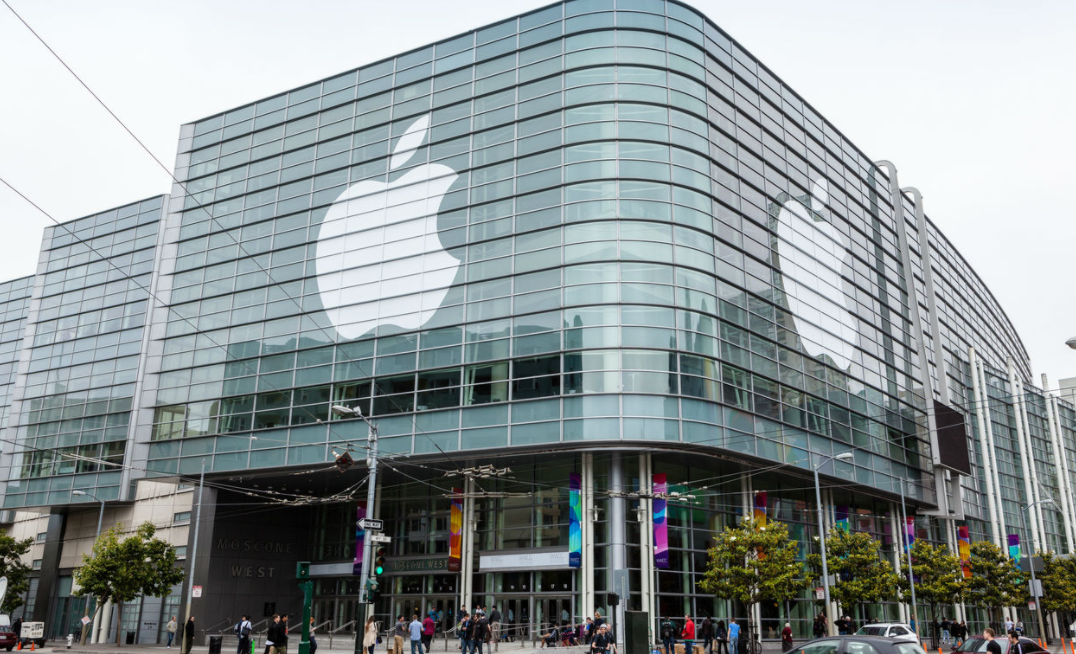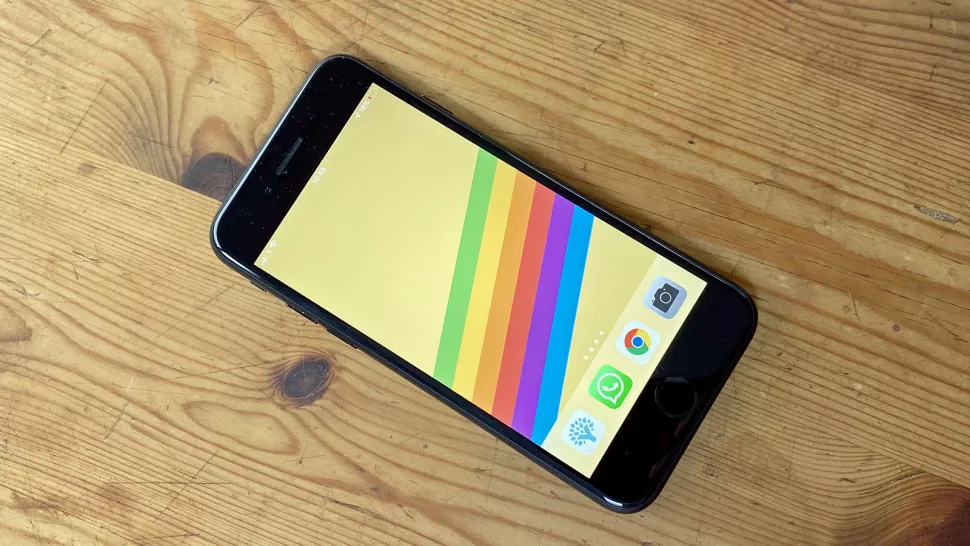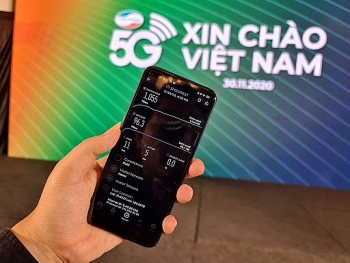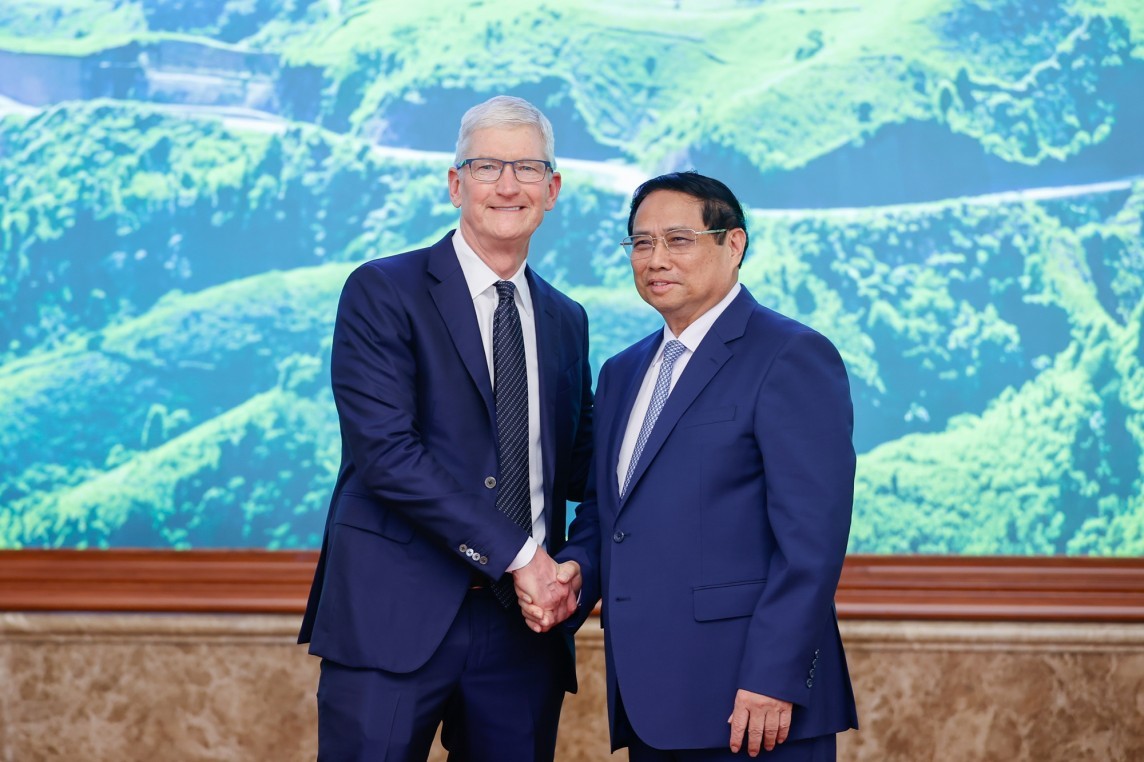IPhone 13: Release date, price, design, specs and everything to know
| Apple reducing iPad, iPhone manufacturing in China, heading to Vietnam | |
| IPhone SE 2021, AirPods Pro 2: Release date leaked | |
| Vietnam's 5G services race heats up as major mobile carriers launch trials |
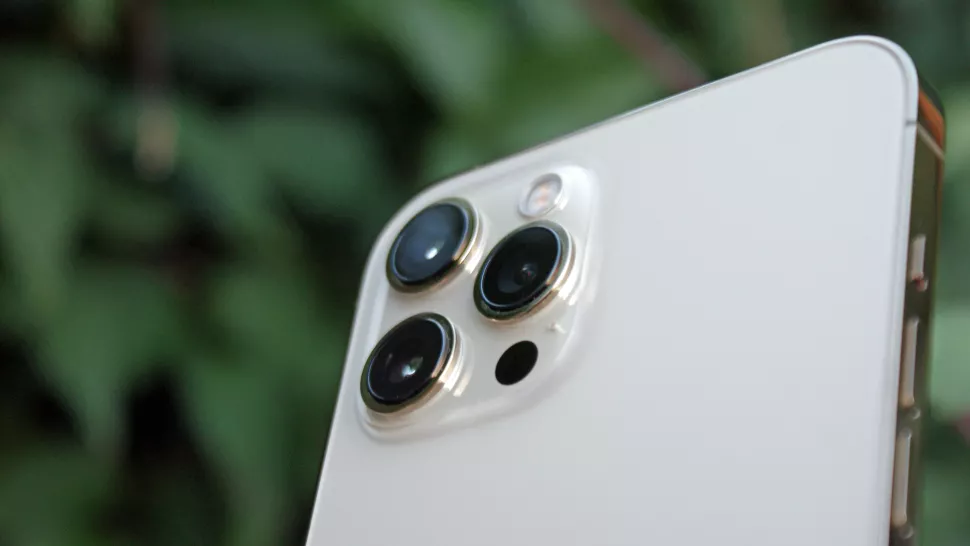 |
| The iPhone 12 Pro Max camera Photo: TechRadar |
Release date: iPhone 13 should be here by mid-September
So far, there's no official or unofficial word on when we can expect to see Apple's next iPhone. Usually, we can predict with some degree of accuracy when Apple's iPhone events will occur and extrapolate a release date based on that. 2020 was a different story -- it was the first September Apple event in eight years without an iPhone -- thanks to delays in production due to the coronavirus pandemic. This year, however, Kuo is forecasting business as usual for Apple's supply chain. If that's the case, we can expect to see the iPhone 13 unveiled at an event sometime in September, according to CNET.
Let's synthesize the info we have:
Apple likes to hold its events on Tuesdays or Wednesdays.
iPhone release dates are typically a week-and-a-half after Apple's announcements.
In general, new iPhones are released on a Friday, around the third week of September.
A few years ago, CNET took a deep dive into the Apple event timeline and emerged with a compelling Labor Day hypothesis, which you can read about here. Based on the 2021 calendar, the Labor Day rule would put the September Apple event (and unveiling of the iPhone 13) on Sept. 8, with a Sept. 17 release date.
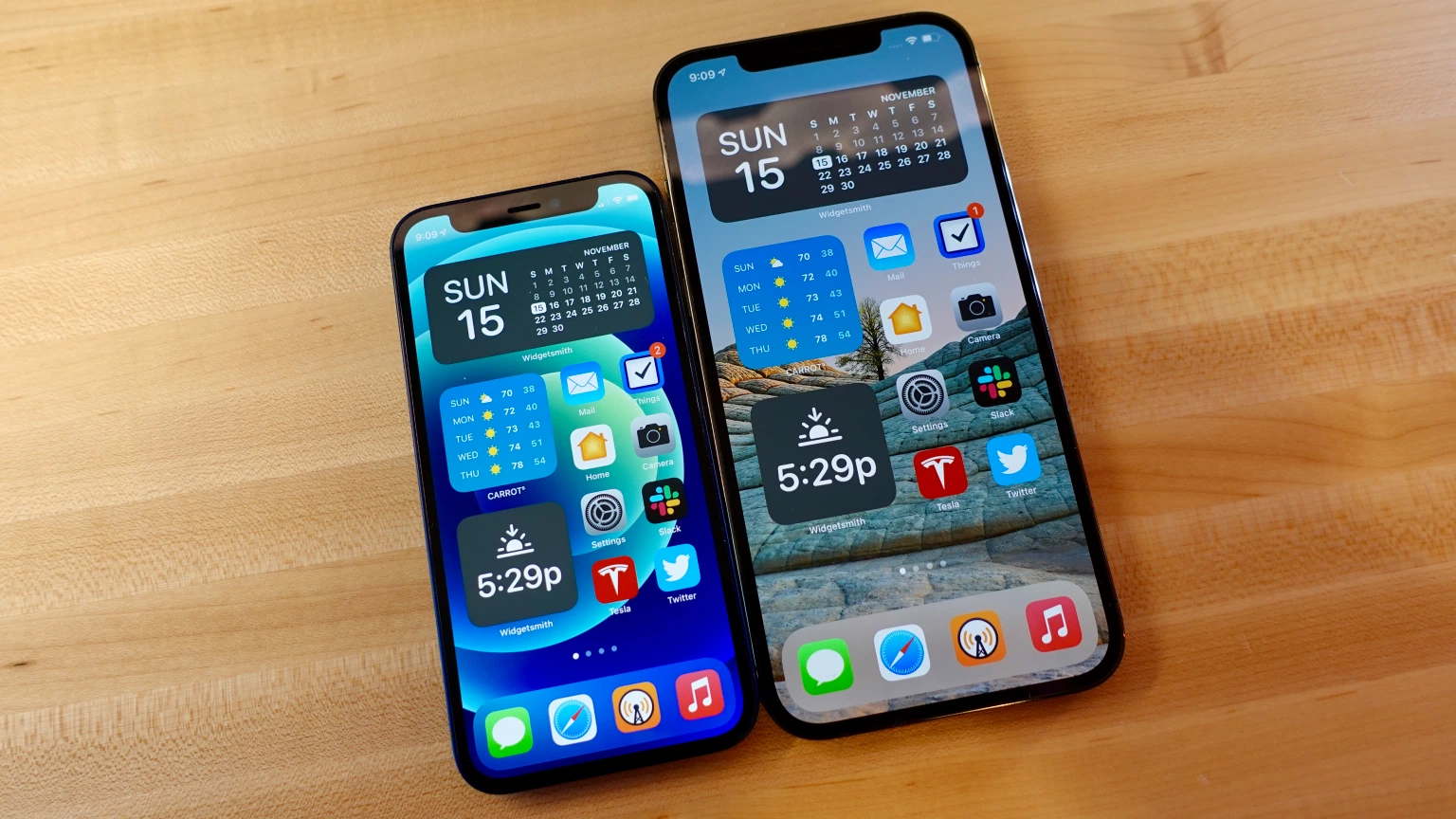 |
| Photo: 9to5mac |
Name: Apple's next flagship might not be called iPhone 13
We're going with the name "iPhone 13" for now, but the moniker is not a sure thing. Considering high-rise buildings tend to omit the thirteenth floor from their elevator buttons for superstitious reasons, Apple could very well succumb to its own triskaidekaphobia and skip the number 13.
iPhone 12S is a worthy guess for the name of Apple's next generation of iPhones. Just as 2014's iPhone 6 gave way to 2015's iPhone 6S and 2017's iPhone X preceded 2018's iPhone XS, without a major redesign in the works (more on that below), the 2021 iPhone is just as likely to be positioned as an improvement on the iPhone 12.
Or maybe Apple takes a page out of Samsung's book and names its next phone after the year of its conception: iPhone 2021 has a nice ring to it. Or what about the iPhone XXI? Or, dare to dream, Apple could go in a completely different direction and name it something fun, like the Motorola Citrus or LG Chocolate of yore.
Price: iPhone 13 could cost the same as iPhone 12… or even less
Apple's iPhone 12 lineup included four phones at four different prices, with even more variation among carriers and storage configurations. At launch, the baseline iPhone 12 carrier model cost $799, an increase of $100 from 2019's iPhone 11, largely due to the addition of 5G support. Because the iPhone 13 is not expected to have such a major technical upgrade, analysts are predicting a similar price structure for 2021.
There is some speculation that Apple might consider lowering the price of its next phone lineup. Several rivals rose to the occasion of the economic downturn by releasing more affordable models in 2020, such as Samsung's Galaxy S20 FE and Google's Pixel 5, both the same price as the iPhone 12 Mini but about $100 less than the iPhone 12. The newly released Samsung Galaxy S21 also boasted a lower price tag, starting at $200 lower than its predecessor.
Sales of the iPhone 12 could indicate the direction Apple might take in pricing the iPhone 13. The predicted 2020 "supercycle" seems to have happened as Apple expected: In October, the iPhone 12 and 12 Pro became the first and second best-selling 5G phone models worldwide. And Apple recently announced that the iPhone 12 led to the largest revenue and profit in the company's history.
IPhone 13 display, design, and size
In terms of design, the 2021 iPhone lineup is expected to look nearly identical to the existing iPhone 12. One report has suggested that the iPhone 13 will be slightly thicker than the iPhone 12. The height and width of the devices will reportedly remain unchanged, but the thickness will increase by 0.26 mm, said 9to5mac.
While the iPhone 12 mini has reportedly experienced weaker-than-expected demand than Apple had expected, there are currently no indications that Apple plans to abandon the form factor this year. A Macotakara supply report said that all four iPhone 13 models will feature the same overall form factors as their iPhone 12 predecessors.
This means we can expect four different devices across three different screen sizes:
One 2021 iPhone model with a 5.4-inch OLED display
Two 2021 iPhone models with a 6.1-inch OLED displays
One 2021 iPhone model with a 6.7-inch OLED display
But while the screen sizes will likely remain the same, Apple is reportedly planning to upgrade the iPhone 13 with 120Hz ProMotion display technology.
Reliable Apple analyst Ming-Chi Kuo has reported that the iPhone 13 is likely to adopt LTPO technology to lower the display’s power consumption. In turn, this will give Apple the battery headroom to enable 120Hz functionality this year. Apple first adopted LTPO – or low-temperature polysilicone and oxide display – technology in the Apple Watch Series 4, so it makes sense to extend the power-saving feature to the iPhone lineup this year.
Finally, what about the notch? Every year, there is an expectation that the notch and Face ID cutout will get smaller, but so far, there hasn’t been any major change to the design.
Macotakara has reported that this could change in 2021, with the iPhone 13 featuring a notch that is smaller compared to the iPhone 12. Apple has reportedly changed the position of the top receiver to reduce the size of the TrueDepth camera, which would allow the notch cutout to shrink in size.
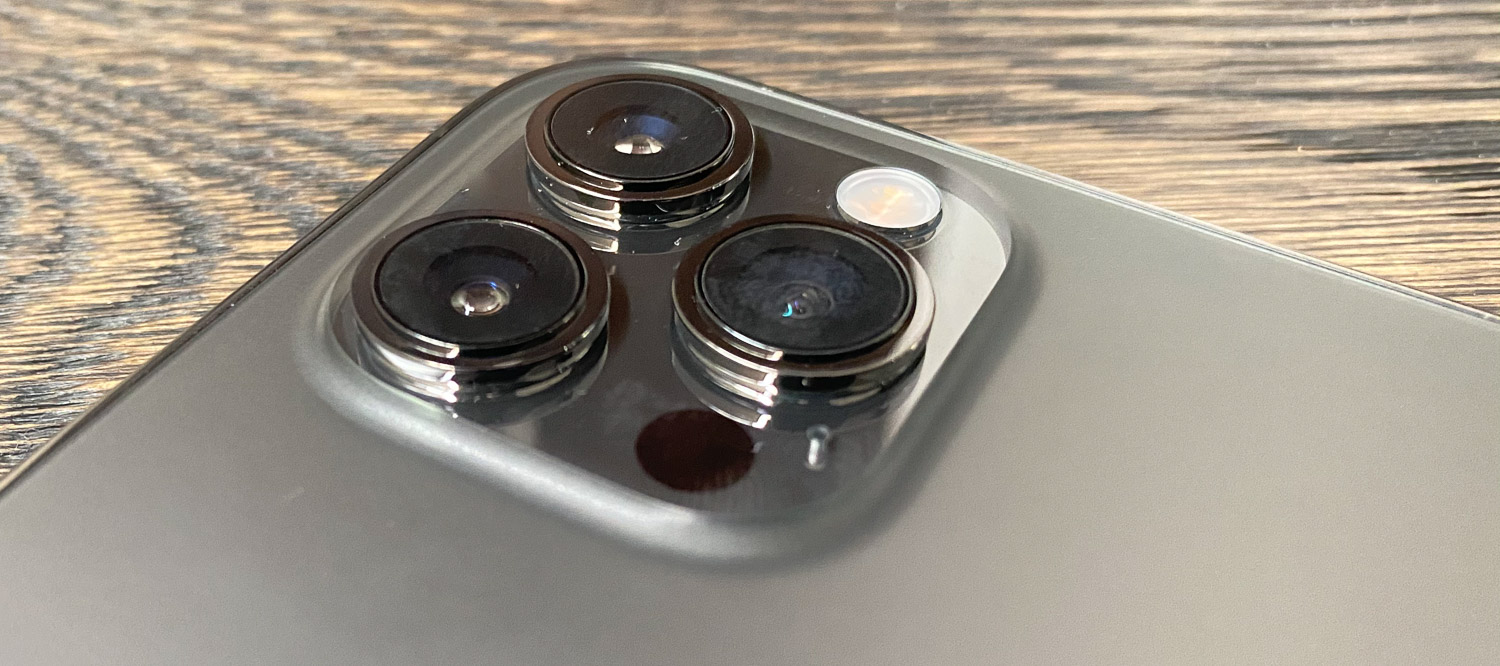 |
| Photo: 9to5mac |
Camera
First off, for the rear cameras, we might see some interesting changes in terms of design with the iPhone 13. The camera bump will remain, but Apple may add a sapphire glass that will cover all three lenses to make them look like a single camera instead of having three separate lenses.
The iPhone 12 Pro and iPhone 12 Pro Max offered notable improvements over their predecessors in terms of camera technology. In 2021, Apple is expected to expand some of the new camera improvements to the rest of the iPhone 13 lineup.
A Macotakara report has noted that the camera module of the iPhone 13 Pro and iPhone 13 Pro Max will be the same size, which suggests that the smaller Pro model will have the same camera lenses as the 13 Pro Max — which includes the wide lens with sensor-shift stabilization. Last year, Apple included better stabilization and 2.5x optical zoom only on iPhone 12 Pro Max.
With the release of the iPhone 12 Pro and iPhone 12 Pro Max, Apple added a new LiDAR scanner to the back camera array for depth-sensing features as well, which is also seen on the iPad Pro. A supply chain report says that Apple will expand the LiDAR sensor beyond the ‘Pro’ models with this year’s iPhone 13.
It’s highly likely that Apple has other camera improvements in store for the iPhone 12s lineup, whether it be computational photography improvements, new hardware features, or something else entirely. We’ll be sure to update this post as we learn more.
Performance
The iPhone 12 and iPhone 12 Pro are powered by Apple’s A14 Bionic processor. As Apple continues to improve its in-house silicon work, we expect the iPhone 12s/iPhone 13 to be powered by Apple’s newest processor, likely referred to as the A15 Bionic processor.
It’s not yet clear what’s in store for the A15 Bionic processor, but a report from TrendForce has said that the chip will be built on a 5nm process similar to the A14 Bionic processor. The change will be that Apple uses a new 5nm+ technology to enhance performance.
As we explained in November:
TSMC refers to 5nm+ as N5P, and describes it as a performance-enhanced version which will combine greater power with improved power efficiency to improve battery-life (or, as might be more likely with Apple, permit smaller-capacity batteries).
What exactly this equates to in terms of quantifiable performance and efficiency remains to be seen, but we expect to learn more soon.
Connectivity
5G connectivity was one of the headlining features of the iPhone 12 last year, but only US iPhone 12 models support mmWave 5G, likely because of the added expense for Apple.
This year, a report has already suggested that Apple has added an additional supplier of mmWave 5G antennas and is placing “a large order” for these in anticipation of the iPhone 13. This implies that Apple could be planning to expand mmWave 5G beyond the US versions of the iPhone 12 to the rest of the world.
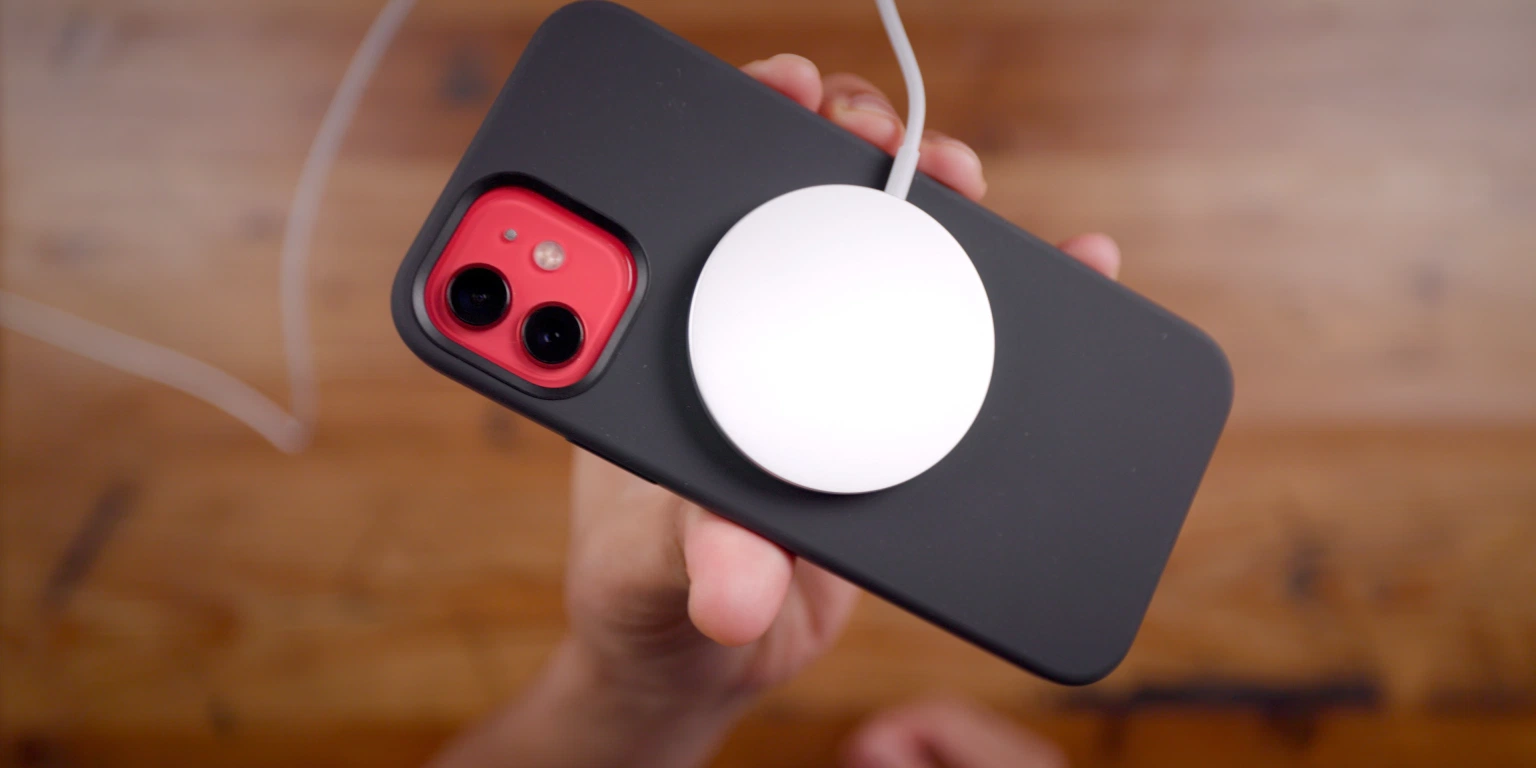 |
| Photo: 9to5mac |
Port-less
Reports have also suggested that 2021 could be the year that Apple introduces an iPhone without a Lightning port. This would be the first-ever port-less iPhone, and most recently, Bloomberg reported it as something being tested internally at Apple.
It’s unclear whether it’s something that Apple will launch this year, but Ming-Chi Kuo also predicted in 2019 that Apple would launch an iPhone without a Lightning port in 2021.
Touch ID
Could 2021 be the year that Touch ID returns to the iPhone and coexists alongside Face ID? There are multiple signs that point to “yes.”
Reliable Apple analyst Ming-Chi Kuo reported in August 2019 that it will release an iPhone with both Face ID and under-screen Touch ID in 2021. In addition, the reliable leaker L0vetodream has also reported that in-screen Touch ID will soon make its way to the iPhone.
Most recently, Bloomberg reported that Apple is testing support for an in-screen fingerprint reader for this year’s iPhone. It’s ultimately unclear whether this feature will make the cut for the iPhone 12S, but it is something in testing.
Offering both Touch ID and Face ID would increase overall convenience and speed of unlocking the iPhone. A user would register their fingerprints and facial signature, and the phone can unlock as soon as either recognition succeeds. There is also the common problem of Face ID not working with face masks, which could be solved by Touch ID also being available as an option.
Finally, if users wanted their iPhones to be as secure as possible, they could theoretically enable both Touch ID and Face ID, and the iPhone would only unlock after both forms of biometric authentication were successfully recognized.
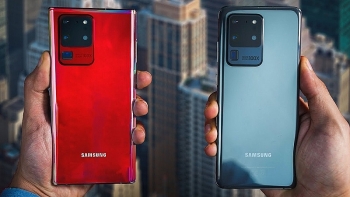 | Best upcoming smartphones to look out for in 2021 If you haven't bought your favorite smartphone in 2020, don't worry. Many smartphone launches are expected in 2021 and here are all top upcoming smartphones ... |
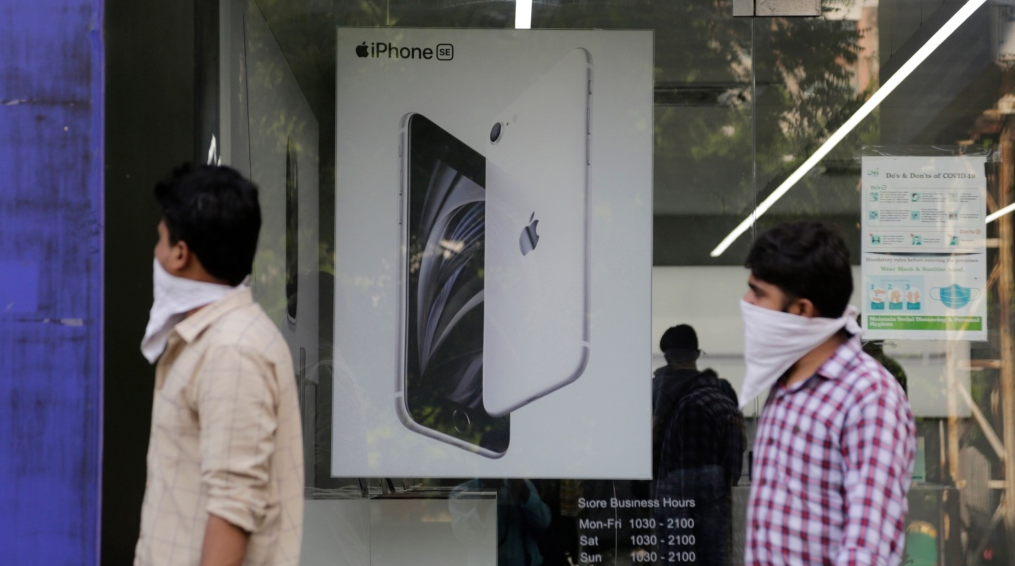 | India iPhone factory vandalized as workers claim they weren't paid in Video A Taiwan-run iPhone factory in India was vandalized over the weekend after workers there claimed they were not being paid their wages. |
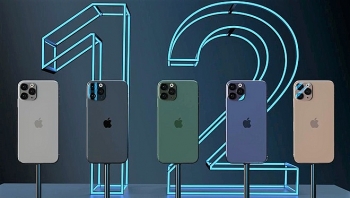 | iPhone 12 rumors: Faster Face ID, improved camera zoom, longer battery life Apple is likely taking the wraps off its 2020 iPhones at an event on October 13th, and with just days to go until the big ... |
Recommended
 World
World
India-EU trade agreement expected to be promoted in the future
 World
World
German Chancellor Merz begins his first state visit to India
 World
World
Vietnamese Lunar New Year Food Fair 2026 Showcases Cultural Identity in Malaysia
 World
World
India named President of BRICS+ for the 2026 term
 World
World
India strengthens defense and security ties with Central Asia
 World
World
India–Brazil–South Africa (IBSA) Dialogue Forum: An Assessment – Analysis
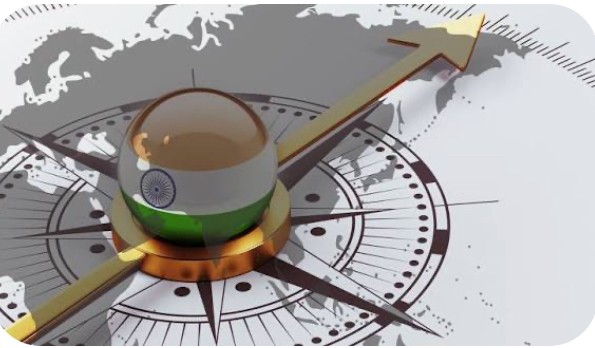 World
World
India’s package for exporters signals confidence in Southeast Asia markets
 World
World

